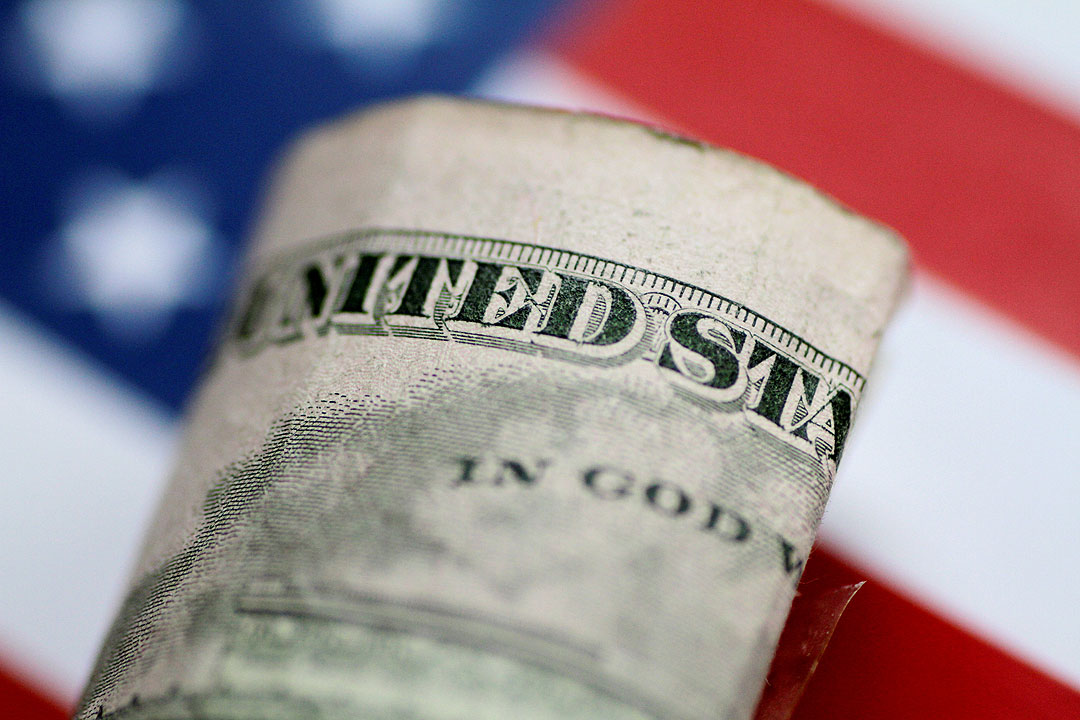LONDON/SINGAPORE, Oct 9 – The safe-haven dollar and Japanese yen inched higher on Monday as military clashes between Israel and the Palestinian Islamist group Hamas deepened political uncertainty across the Middle East.
Risk sentiment was fragile after Israeli forces fought gunmen from the Palestinian group Hamas over the weekend, hours after the militants launched an attack on Israel in the deadliest day of violence in the country for 50 years.
The Israeli shekel was last roughly 2.5% lower at 3.9325 per dollar after the Bank of Israel announced it would sell up to USD 30 billion of foreign currency in the open market to maintain stability. The shekel tumbled earlier more than 3% to an almost eight-year low of 3.9880 per dollar.
The dollar index was last 0.33% higher at 106.57, while the Japanese yen- another traditional safe-haven currency – edged 0.1% higher to 149.15 per dollar, in thinned Asian trade, with Japan closed for a holiday.
“If a war breaks out anywhere in the world it is a good idea to hold U.S. dollars. It can therefore come as no surprise that the greenback started trade last night with some gains,” said Ulrich Leuchtmann, Head of FX and Commodity Research at Commerzbank.
The dollar also drew support from Friday’s data showing U.S. employment increased by the most in eight months in September, potentially setting up for a higher-than-expected inflation print later this week.
“The resoundingly strong employment report will likely keep the (Federal Open Market Committee) on guard as it watches for signs that a tight labour market could prevent inflation from returning to 2% on a sustained basis,” economists at Wells Fargo said.
“Another rate hike before the end of the year is a possibility, but for now our base case remains that the last rate hike of the tightening cycle occurred in July.”
Market pricing shows a roughly 78% chance that the Federal Reserve will keep rates on hold at its November policy meeting, according to CME Group data.
Elsewhere, risk-sensitive euro and sterling fell against the broadly strengthening dollar. The eurodropped 0.6% to trade at USD 1.0522, while sterling fell 0.5% to USD 1.2167.
Data showed on Monday that German industrial production fell slightly more than expected in August by 0.2% compared to the previous month, rising recession fears in the euro zone.
The Australian dollar, seen as a proxy for risk appetite, slid 0.45% to USD 0.6356.
(Reporting by Joice Alves in London and Rae Wee in Singapore; Editing by Alison Williams)







 DOWNLOAD
DOWNLOAD













